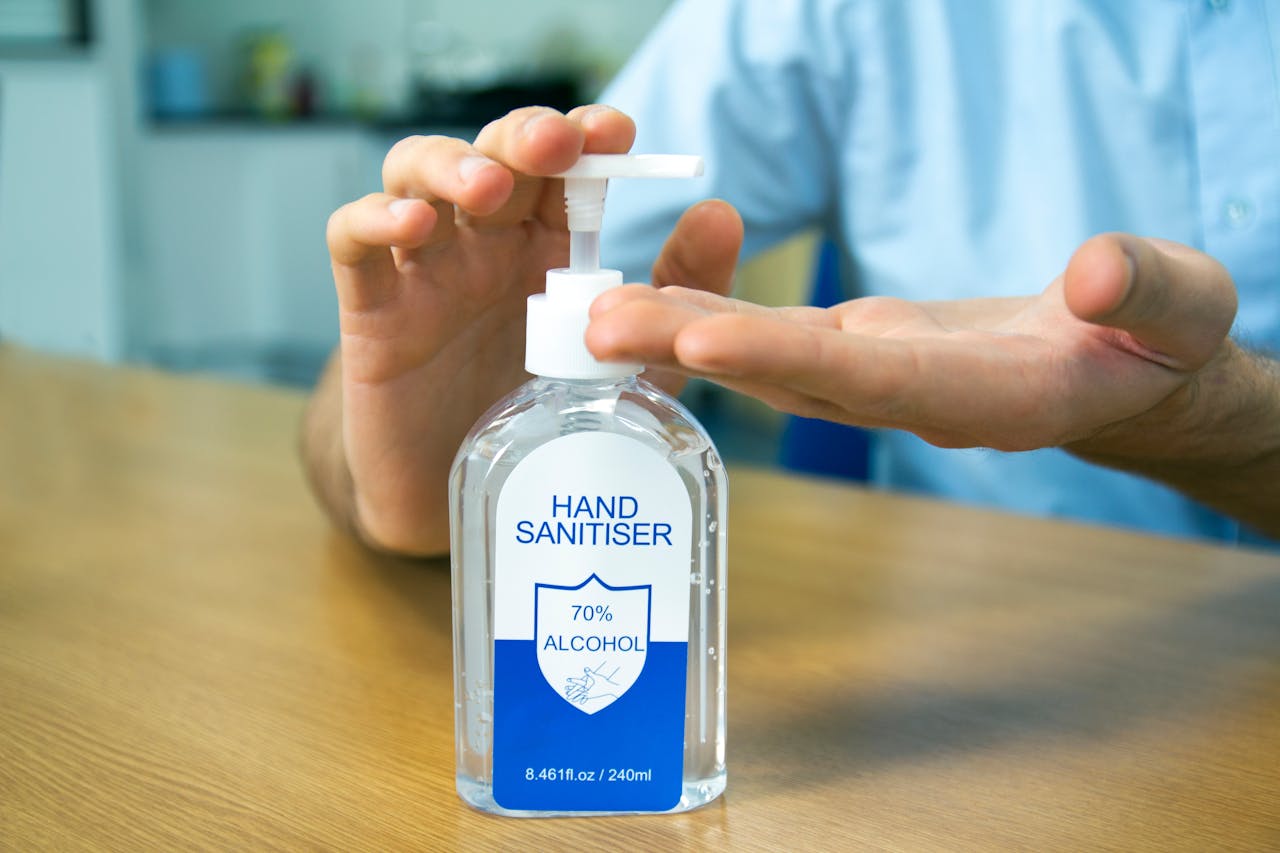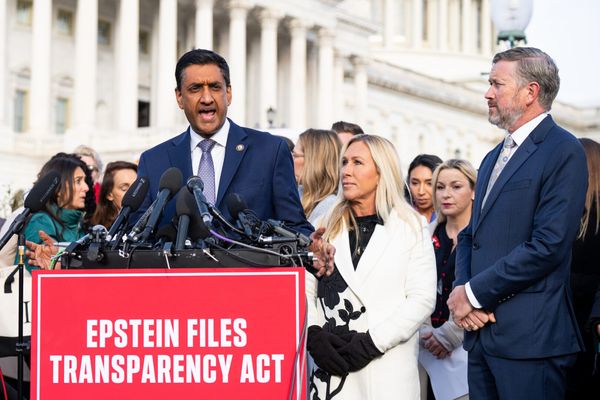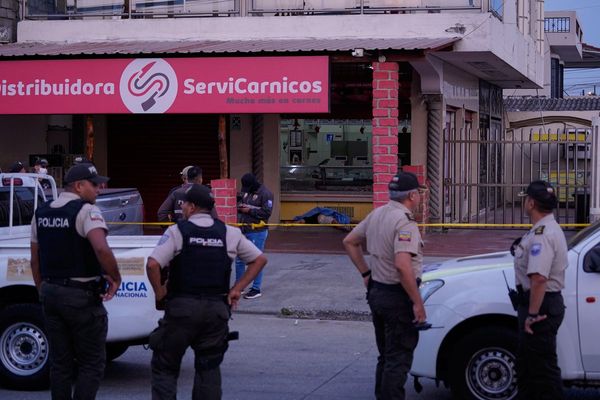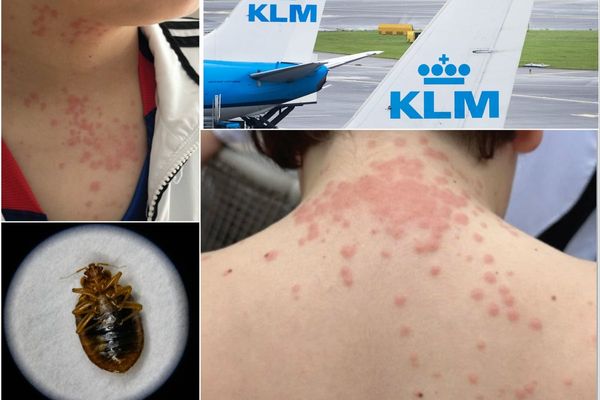
Kids are curious. They touch, taste, and explore everything in your home. You probably think your house is safe, especially if you keep sharp objects and cleaning products out of reach. But some everyday items you use all the time can be risky for children, even if they seem harmless. Many parents don’t realize these dangers until something goes wrong. Knowing which household staples aren’t actually safe for kids can help you prevent accidents and keep your family healthy. Here’s what you need to know about these common items and why you should pay attention.
1. Laundry Pods
Laundry pods are small, colorful, and squishy. To a child, they look like candy or a toy. But these pods contain concentrated detergent that can cause serious harm if swallowed or if it gets in the eyes. Kids have ended up in the hospital after biting into them. Even touching a broken pod can irritate skin. Always store laundry pods high up and out of sight. Use traditional liquid or powder detergents if you have young kids at home.
2. Button Batteries
Button batteries power remotes, toys, and hearing aids. They’re tiny and shiny, which makes them tempting for little hands. If a child swallows a button battery, it can burn through tissue in the throat or stomach in just a few hours. This can be life-threatening. Keep all devices with button batteries out of reach. Tape battery compartments shut if possible. If you think your child swallowed a battery, seek medical help right away.
3. Hand Sanitizer
Hand sanitizer is everywhere now. It helps kill germs, but it’s not safe for kids to use unsupervised. Most hand sanitizers contain high levels of alcohol. Swallowing even a small amount can cause alcohol poisoning in children. Some kids have also gotten sick from licking it off their hands. Always supervise young children when they use hand sanitizer. Store bottles where kids can’t reach them.
4. Mouthwash
Mouthwash often contains alcohol and other chemicals that are dangerous for kids. The bright colors and sweet flavors can make it seem like a drink. Swallowing mouthwash can cause nausea, vomiting, and even more serious health problems. If you use mouthwash, keep it in a locked cabinet. Teach kids that it’s not a drink and is only for adults or older children who know how to use it safely.
5. Essential Oils
Essential oils are popular for their scents and supposed health benefits. But many essential oils are toxic to children, especially if swallowed or applied directly to the skin. Tea tree oil and eucalyptus oil are especially risky. Even a few drops can cause breathing problems, seizures, or liver damage. Don’t use essential oils on or around babies and young kids. Store all oils in a locked cabinet.
6. Over-the-Counter Pain Relievers
You might keep pain relievers like acetaminophen or ibuprofen in your medicine cabinet. These are safe for adults in the right dose, but even a small amount can be dangerous for kids. Accidental overdoses happen more often than you think. Always use childproof caps and keep all medicine out of reach. Never call medicine “candy” to get a child to take it.
7. Houseplants
Many common houseplants are toxic if eaten. Peace lilies, philodendrons, and pothos are just a few examples. Kids may chew on leaves or play with the soil. Some plants can cause stomach pain, vomiting, or worse. If you have young children, choose non-toxic plants or keep plants out of reach. Learn which plants are safe before bringing them home.
8. Plastic Bags
Plastic bags are everywhere—grocery bags, sandwich bags, and dry cleaning covers. They seem harmless, but they can cause suffocation if a child puts one over their head or face. Even older kids can get trapped while playing. Always store plastic bags out of reach and tie them in a knot before throwing them away. Consider using reusable cloth bags instead.
9. Magnets
Small, strong magnets are found in toys, fridge magnets, and even some building sets. If a child swallows more than one magnet, they can attract each other inside the body and cause serious injuries. This can lead to surgery or worse. Keep all small magnets away from children. Check toys and household items for loose magnets and get rid of any that are damaged.
10. Air Fresheners
Air fresheners come in sprays, plug-ins, and gels. Many contain chemicals that can irritate a child’s lungs, eyes, or skin. Some kids have even eaten gel air fresheners, thinking they were candy. If you use air fresheners, keep them out of reach and use them sparingly. Open windows for fresh air instead.
Rethinking Everyday Safety at Home
It’s easy to overlook the risks of household staples because they’re part of daily life. But many of these items can be dangerous for kids, even if you use them all the time. Take a few minutes to look around your home and see what might need to be moved, locked up, or replaced. Small changes can make a big difference in keeping your family safe. Being aware of these hidden dangers helps you create a safer space for everyone.
Have you found any surprising household items that turned out to be unsafe for kids? Share your stories or tips in the comments.
Read More
10 Insanely Good Dollar General Coupon Deals You Can’t Afford to Miss
10 Reasons Why Aldi’s Is the Best Grocery Store Ever
The post 10 Household Staples That Aren’t Actually Safe for Kids appeared first on Grocery Coupon Guide.







